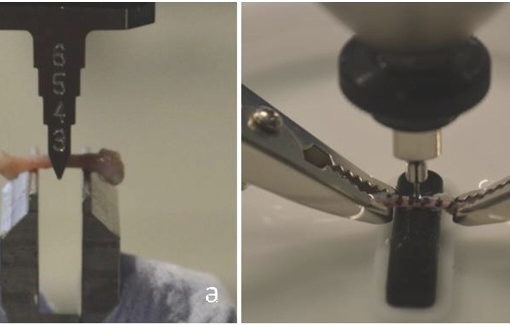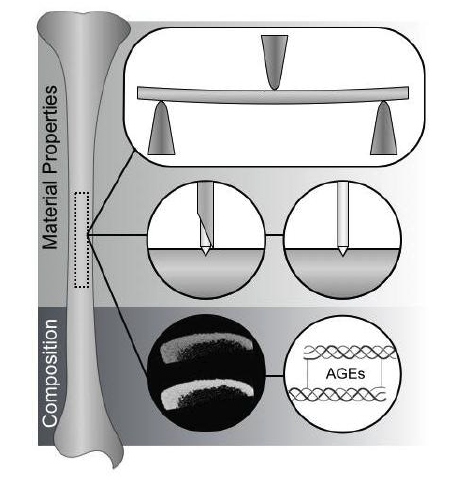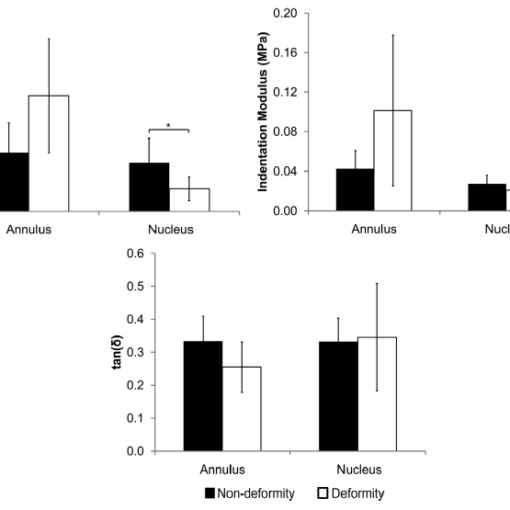Abstract
Skeletal fractures are considered a chronic complication of type 2 diabetes mellitus (T2DM), but the etiology of compromised bone quality that develops over time remains uncertain. This study investigated the concurrent alterations in metabolic and skeletal changes in two mouse strains, a responsive (C57BL/6) and a relatively resistant (C3H/HeJ) strain, to high-fat diet-induced glucose intolerance. Four-week-old male C57BL/6 and C3H/HeJ mice were randomized to a control (Con = 10 % kcal fat) or high-fat (HF = 60 % kcal fat) diet for 2, 8, or 16 weeks. Metabolic changes, including blood glucose, plasma insulin and leptin, and glucose tolerance were monitored over time in conjunction with alterations in bone structure and turn over. Elevated fasting glucose occurred in both the C57BL/6 and C3H/HeJ strains on the HF diet at 2 and 8 weeks, but only in the C57BL/6 strain at 16 weeks. Both strains on the HF diet demonstrated impaired glucose tolerance at each time point. The C57BL/6 mice on the HF diet exhibited lower whole-body bone mineral density (BMD) by 8 and 16 weeks, but the C3H/HeJ strain had no evidence of bone loss until 16 weeks. Analyses of bone microarchitecture revealed that trabecular bone accrual in the distal femur metaphysis was attenuated in the C57BL/6 mice on the HF diet at 8 and 16 weeks. In contrast, the C3H/HeJ mice were protected from the deleterious effects of the HF diet on trabecular bone. Alterations in gene expression from the femur revealed that several toll-like receptor (TLR)-4 targets (Atf4, Socs3, and Tlr4) were regulated by the HF diet in the C57BL/6 strain, but not in the C3H/HeJ strain. Structural changes observed only in the C57BL/6 mice were accompanied with a decrease in osteoblastogenesis after 8 and 16 weeks on the HF diet, suggesting a TLR-4-mediated mechanism in the suppression of bone formation. Both the C57BL/6 and C3H/HeJ mice demonstrated an increase in osteoclastogenesis after 8 weeks on the HF diet; however, bone turnover was decreased in the C57BL/6 with prolonged hyperglycemia. Further investigation is needed to understand how hyperglycemia and hyperinsulinemia suppress bone turnover in the context of T2DM and the role of TLR-4 in this response.
https://www.ncbi.nlm.nih.gov/pubmed/26058493
J Bone Miner Metab. 2016 Jul;34(4):380-94. doi: 10.1007/s00774-015-0685-z. Epub 2015 Jun 10.





